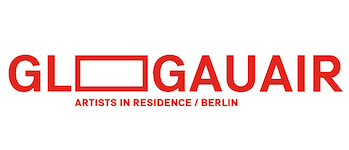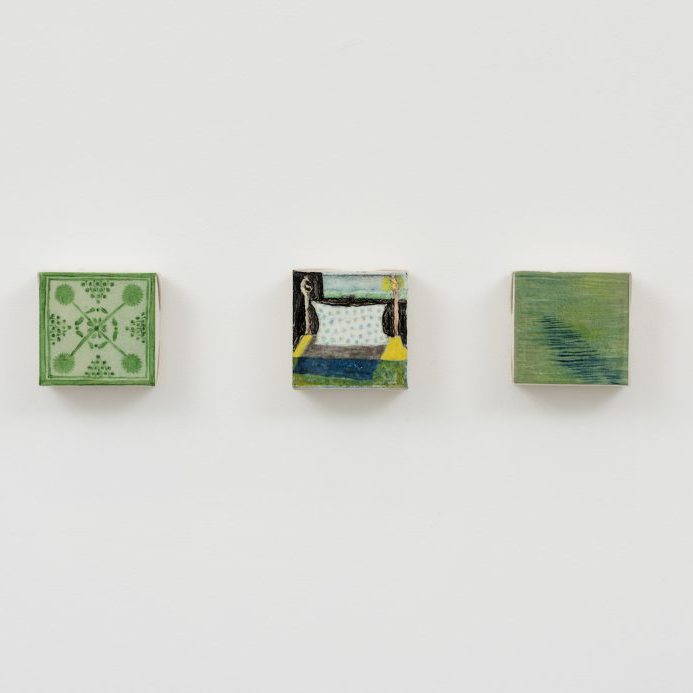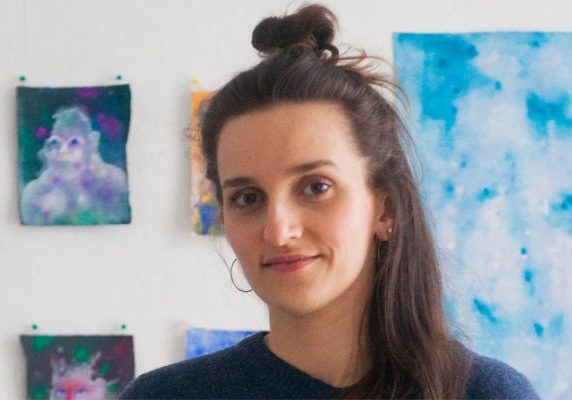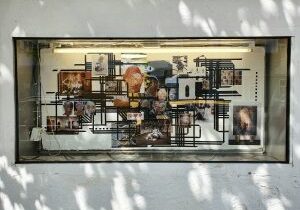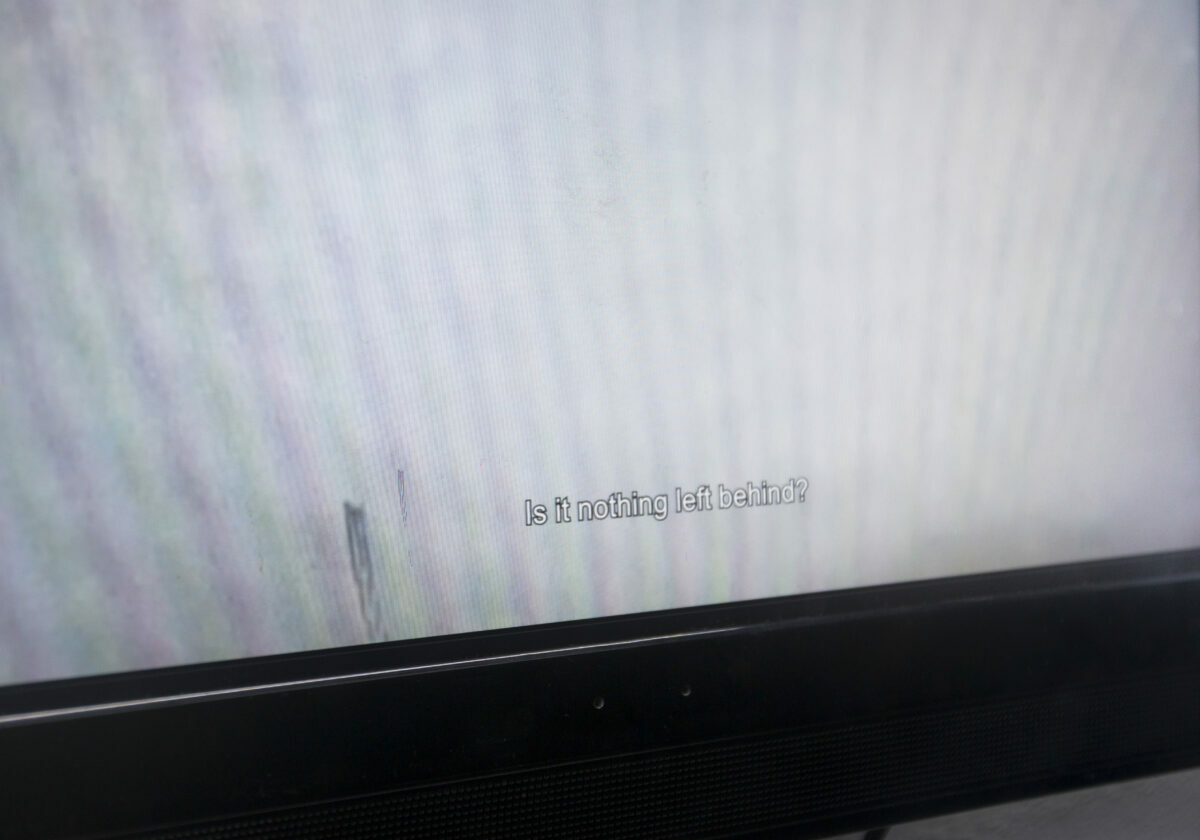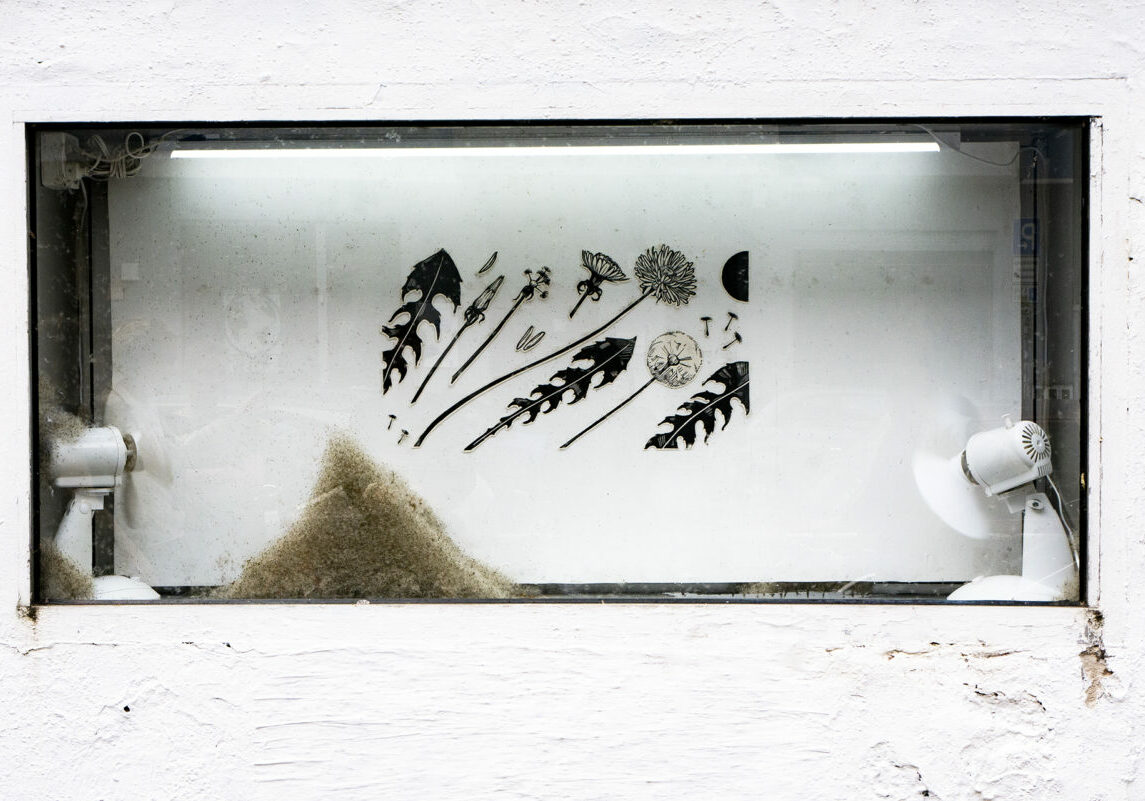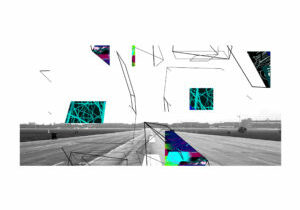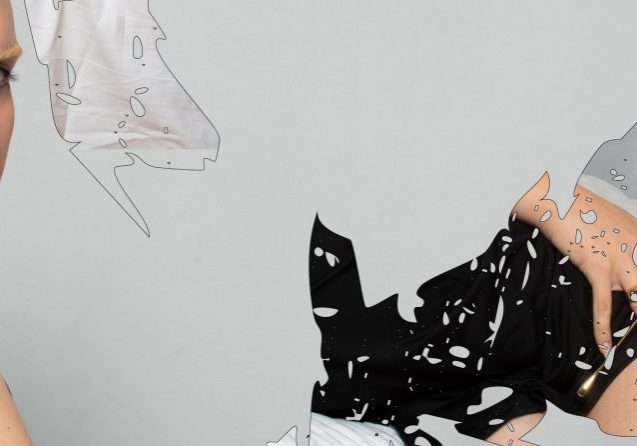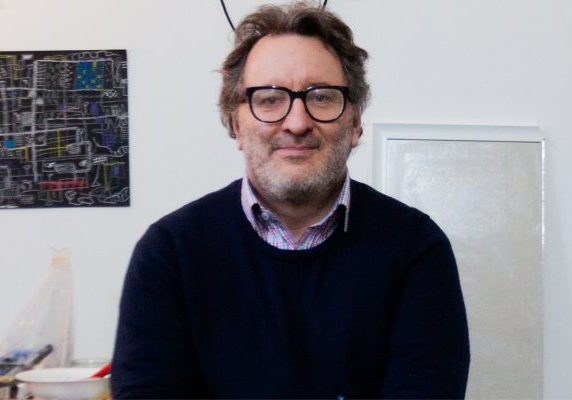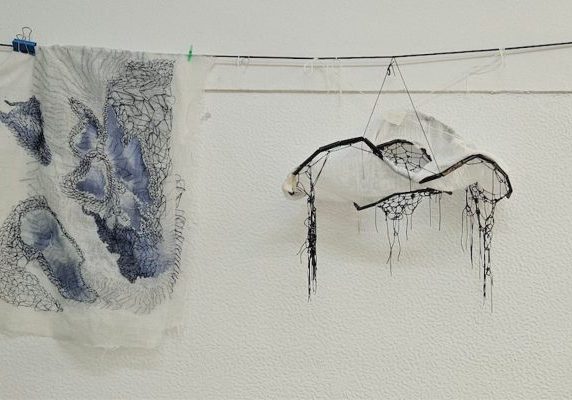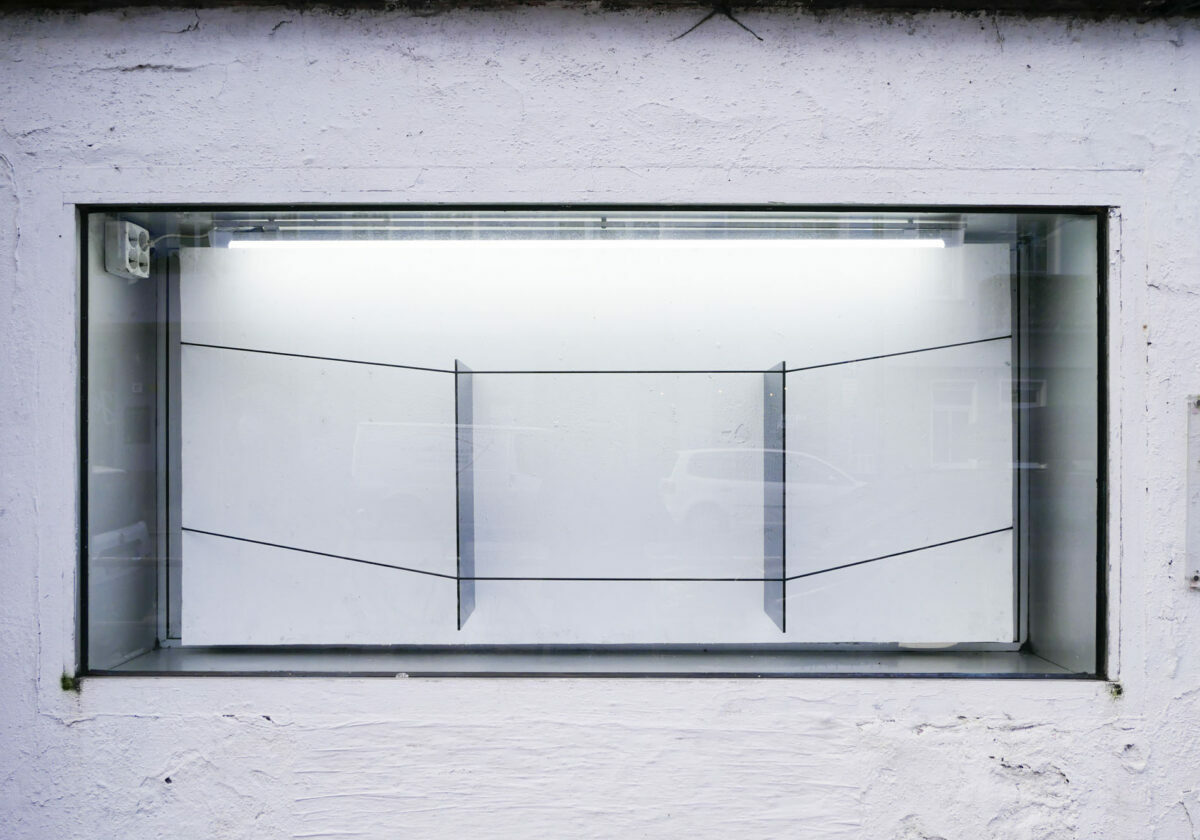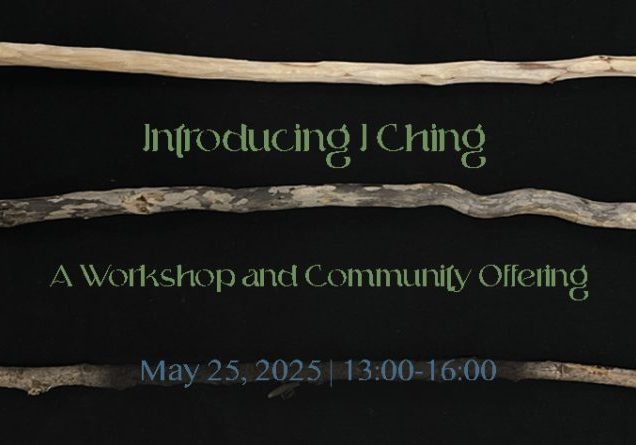Meet the Artist // Rita Fernández
Rita Fernández’s work is an exploration of self-portraiture and its limits. Through the dissection of personal experiences and striking images gathered from memories, dreams and the daily life, her work is a constant inquiry about the self and what constitutes an identity. Fernández likes to consider her practice as a matrix of self-reflection and representation. Her philosophical formation plays an important role in the way she conceives and approaches the creation of her artwork.
Could you tell us a bit about your artistic background and the project you are proposing for this three-month residency here at GlogauAIR?
I’ve been painting since I was 15, but I decided to study philosophy first and then did my master’s degree in painting at the Royal College of Art in London, where I’m living right now. So, my background is mostly painting, drawing, and occasionally ceramic and sculpture, but my practice is mostly based within the materiality of paint.
The project that I’m doing at GlogauAIR is related to things that I’ve been working on for a long time, mostly related to self-portraiture but I don’t like to talk about self-portraiture as what people in general would think about, the depiction of the artist, because there’s a huge cultural background behind it. I like to think about self-portraiture as a matrix for defining identity and the self. What I do is mostly related to my own body, through a feminist lens of course, because in Mexico feminism is very important not only ideologically but as a way of survival too, considering the violence against women that is happening there. For the project here, I’ve been thinking about this concept from Clive Cazeaux, a philosopher who talked about the materiality of the concepts. I want to play with the concept of intimacy but by grabbing the intimate object like underwear and using it as a painterly or mark-making object.
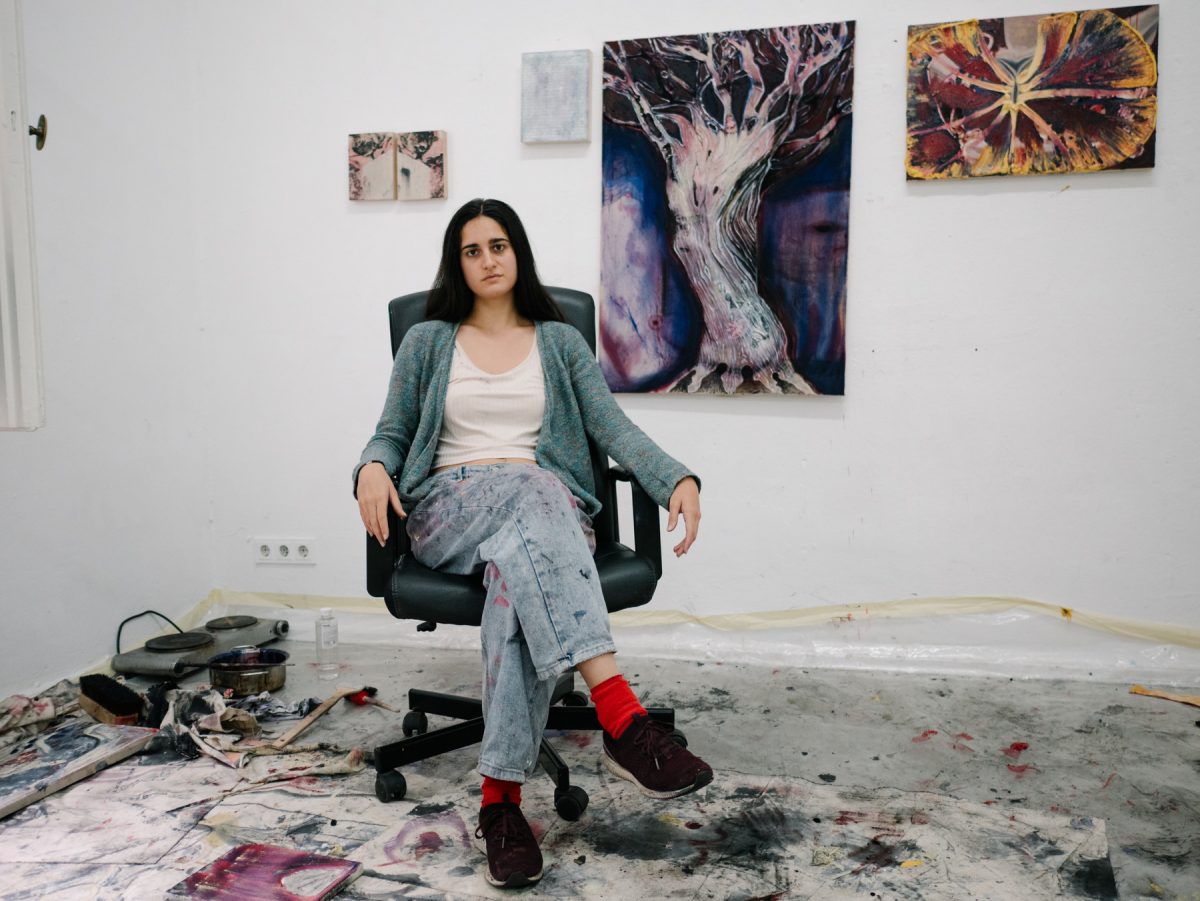
What led you to work with underwear and what role does it play in the narrative of your artworks?
In the beginning, the underwear was something very playful and not so straightforwardly conceptual. It started after my degree show at the RCA. The studios at school were quite empty because most of the students had left, but I stayed for a month alone in what used to be a studio for eight people and I had a lot of space to play around in. I remember I was doing laundry one day and I had this very old bra that I took out of the laundry and I thought: I cannot wear this anymore! So I’m going to make something with it. I brought it to the studio and cut pieces of it, then painted on it, and it ́s through the playfulness of the material that the idea came to mind. In terms of the narrative in particular, it remains as an ongoing process. I like this idea of using not so typical materials and inserting them in a painting to make it more personal. Underwear in particular seems like the most directly personal item of clothing too, something worn by only one person, in this case, myself.
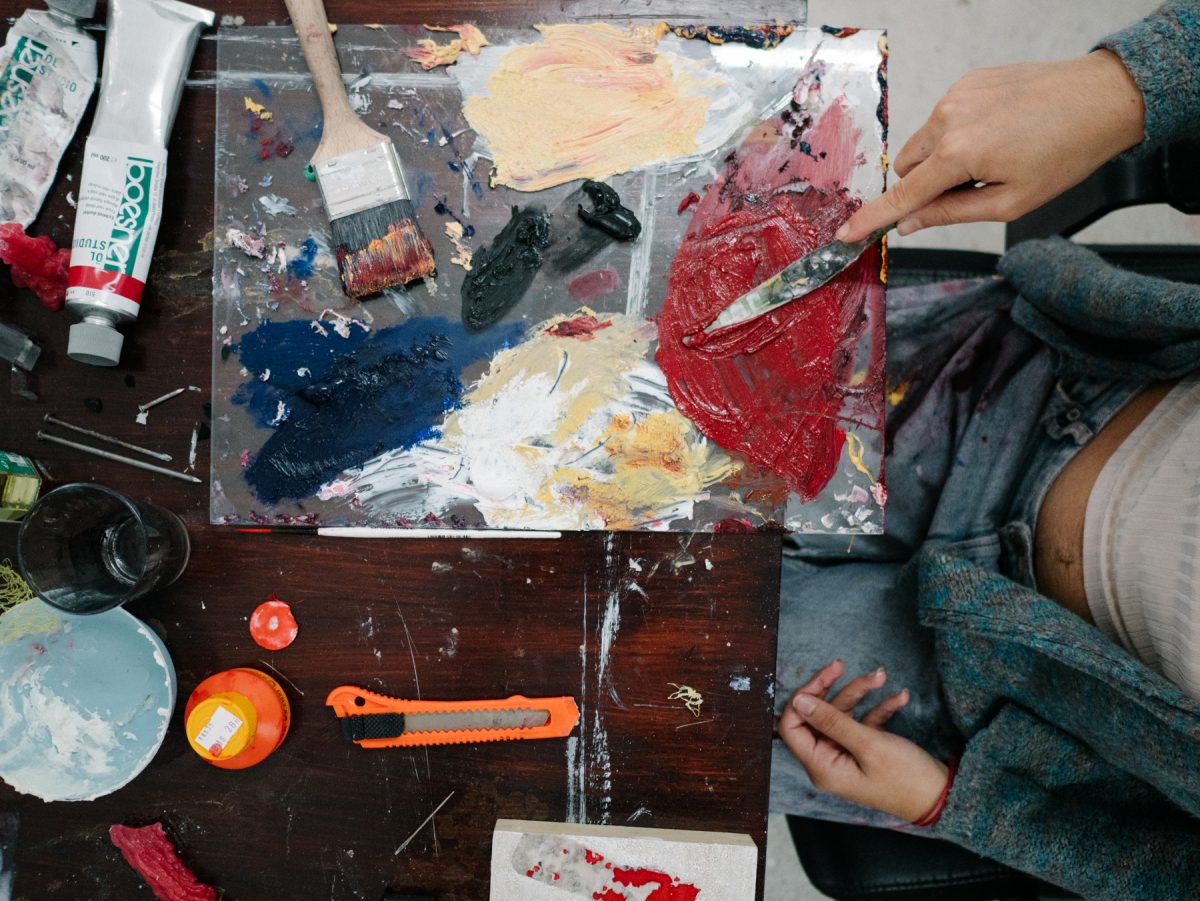
In your work, we can see many fragments of the female body represented. How do you see women’s empowerment within today’s social and political context and how does your current work connect within this context?
I think right now there’s a lot of feminist art that has been going on for many years and the idea of being a feminist artist can also be a bit limiting for women artists in general because a lot of us do make feminist work, even if we don’t try to because it’s a way of survival, right? A way of contesting or responding to what’s going on. In my particular case, a lot of the representation the body comes from my upbringing in Mexico, where I felt very observed as a teenager by older men, and I always heard comments like: “You have to take care of yourself”, “Don ́t show too much”, and so on. So hearing these things repeatedly while you are growing up makes you inevitably more aware of your own body in a way that is a bit foreign, because you’re not thinking of your body as how you perceive it, but as how the rest of the world does.
That ́s why a lot of my paintings or drawings are from this first-person perspective because I feel like I ́m regaining that power of how I look at my own body regardless of what the rest of the world thinks of it.
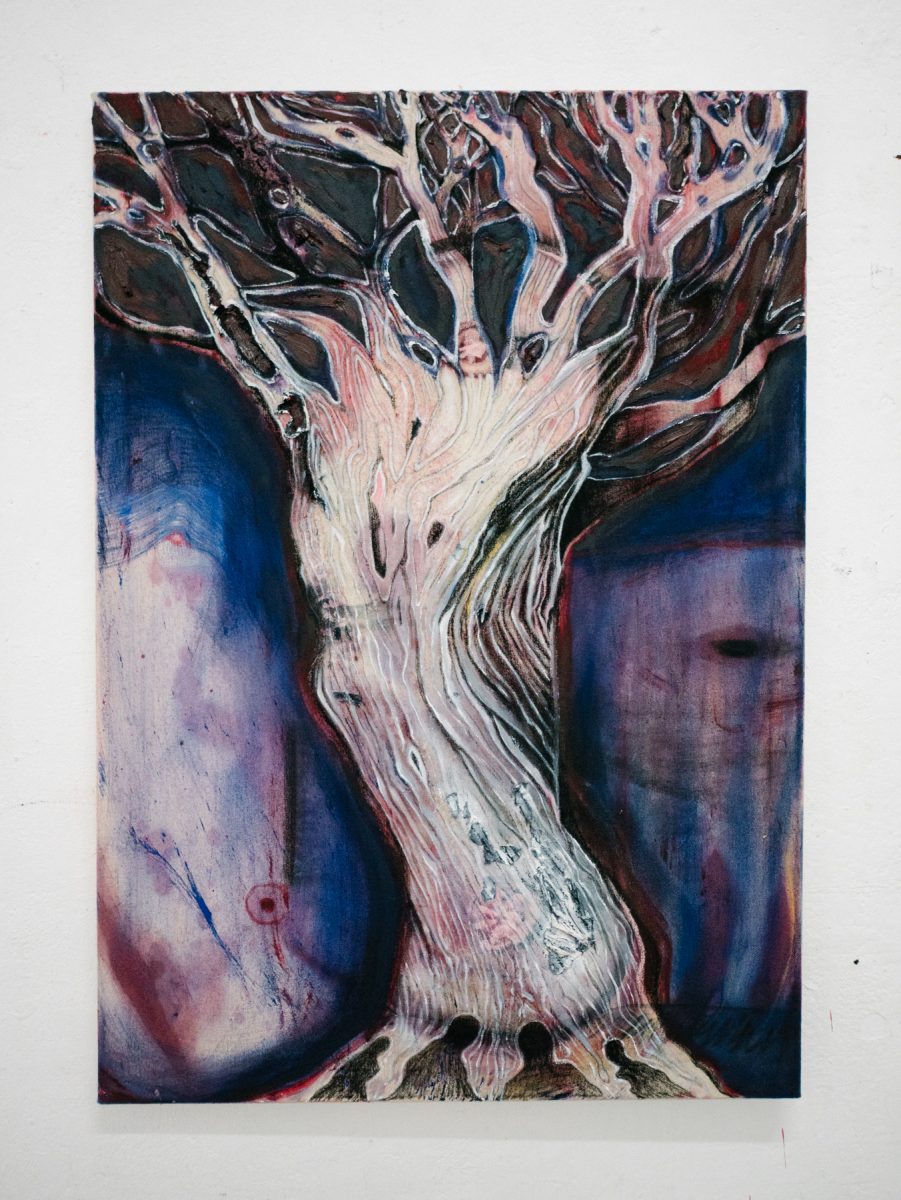
How do your final pieces interact with you and your personal life, and how do you see your evolution through them?
My work is deeply related to what I’m going through at the moment of the making. It’s just as immediate as it’s personal. It responds to an urgent need to somehow externalise what’s happening in my head at the time, not just because of a need for expression, it’s mainly a materialising and visualising need. My brain requires to see and touch what I’m feeling and thinking. Painting is useful in this situation as it’s a combination of these two things: images and materials.
Now, regarding the evolution, often, when I finish a work that I really like I have the feeling that the changes provoked in me by the work are greater than the ones that I am able to do to it. As if the creator-creation relationship was reversed, the work has transformed me in a more significant way than the fact of the creation of the work in itself. It ́s like I have to adapt to what has come up, to what I’ve made, which many times is something totally new and not too similar to other things I’ve done before.
So, when I look back to old work I can see not only what I thought or felt during a particular moment of my life, but also what the work did to me, and how that transformation altered the following works.
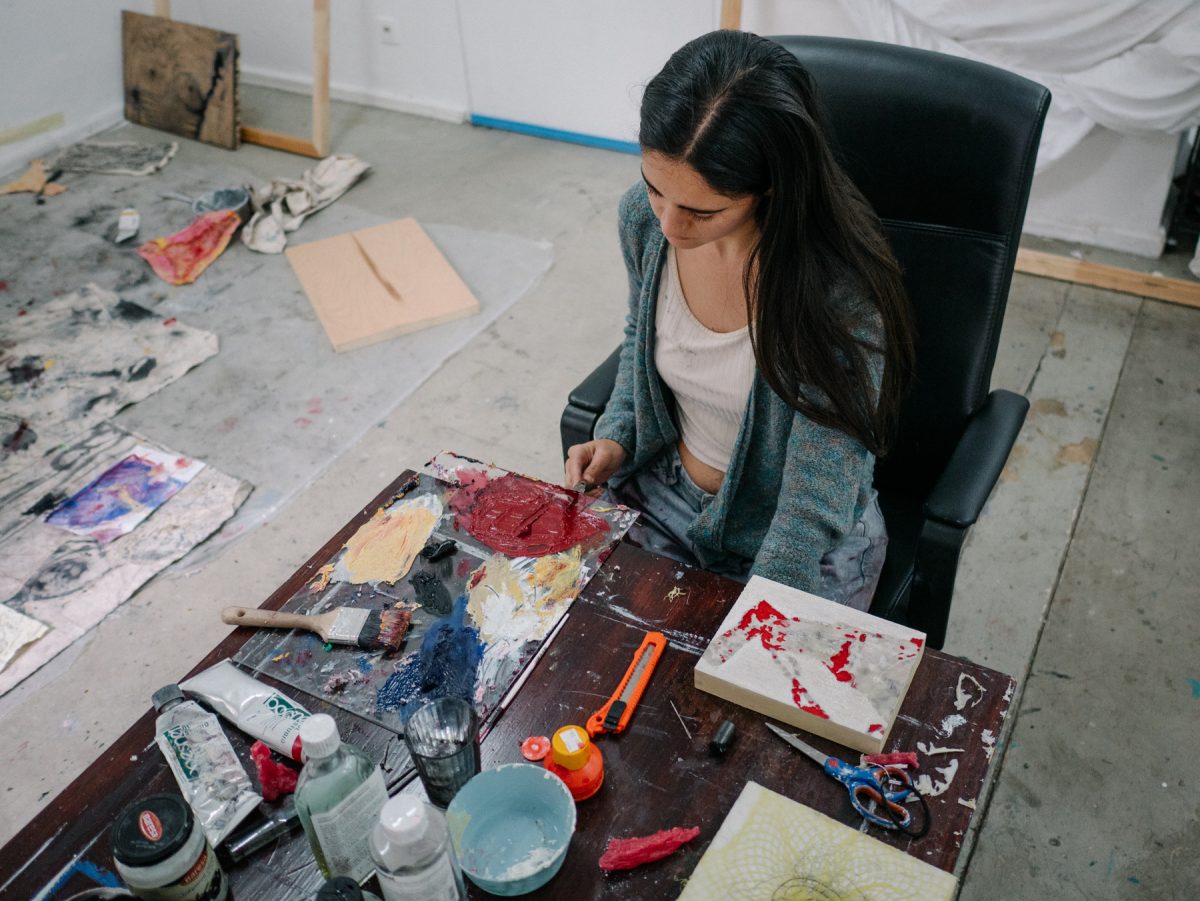
Interview Vanesa Angelino (@vaneangelino)
Photos Leon Lafay (@leonlafay)
